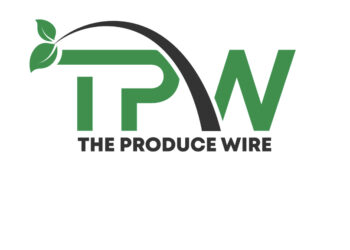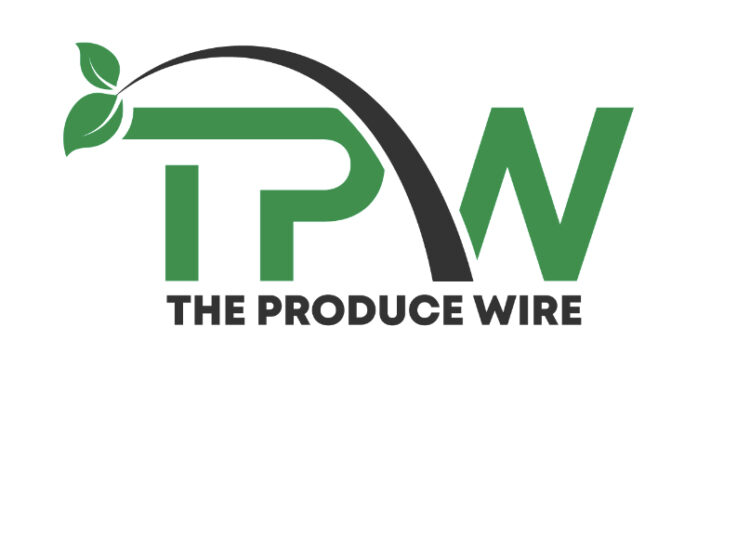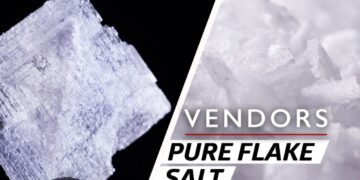West Virginia Gov. Patrick Morrisey signed House Bill 2354 into law on March 24, making the state the first to enact a comprehensive statewide ban on certain artificial food dyes and preservatives.
The legislation, inspired by the “Make America Healthy Again” (MAHA) movement later championed by U.S. Secretary of Health and Human Services Robert F. Kennedy Jr., targets seven synthetic dyes in school meals starting Aug. 1 and extends to all food and drugs sold statewide by Jan. 1, 2028.
The banned additives include Red Dye No. 3, Red Dye No. 40, Yellow Dye No. 5, Yellow Dye No. 6, Blue Dye No. 1, Blue Dye No. 2, and Green Dye No. 3, followed by preservatives butylated hydroxyanisole (BHA) and propylparaben in 2028. Lawmakers cited mounting evidence of health risks, including hyperactivity in children and potential carcinogenic effects, as driving the push in a state with a 41 percent adult obesity rate and the nation’s highest diabetes prevalence, according to the Centers for Disease Control and Prevention.
Key provisions of West Virginia’s food dye ban
“West Virginia ranks at the bottom of many public health metrics, which is why there’s no better place to lead the Make America Healthy Again mission,” Morrisey said at the signing.
“By eliminating harmful chemicals from our food, we’re protecting our children from significant long-term health and learning challenges.”
The bill, spearheaded by Sen. Jason Barrett, R-Berkeley, and Del. Evan Worrell, R-Cabell, passed the Legislature earlier this month with overwhelming support — 31-2 in the Senate and 93-5 in the House. It was a precursor to U.S. Secretary of Health and Human Services Robert F. Kennedy Jr.’s MAHA agenda. The U.S. Food and Drug Administration has approved most of these dyes and additives, though it banned Red No. 3 in January, 2025.
Industry pushback and statewide impact of the new law
Industry groups, including the West Virginia Beverage Association, have voiced opposition to the legislation, calling it unnecessary.
“We stand opposed to this unnecessary legislation. This matter should be decided individually, through product transparency and consumer choice,” the association posted on X on March 18.
The National Confectioners Association echoed the concerns, pointing out that popular snacks like Flamin’ Hot Cheetos, which contain Red No. 40 and Yellow No. 6, could disappear from store shelves.
Supporters, however, argue that alternatives are available.
“Retailers like Aldi already use natural ingredients,” Sen. Jason Barrett said, dismissing industry “scare tactics.”
A 2021 California study that linked food dyes to behavioral issues strengthens West Virginia’s position, though the FDA maintains that the additives are safe at current levels.
The law’s phased approach — school meals in Aug. and statewide sales in 2028 — aims to ease compliance. At least 25 other states are now eyeing similar bans.
“This is a step toward a productive dialogue about how we can eat healthier,” Morrisey said, pledging to balance health gains with economic stability during implementation.
(To sign up for a free subscription to Food Safety News, click here.)














